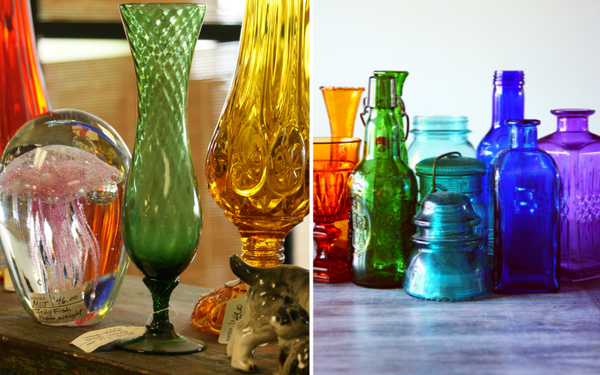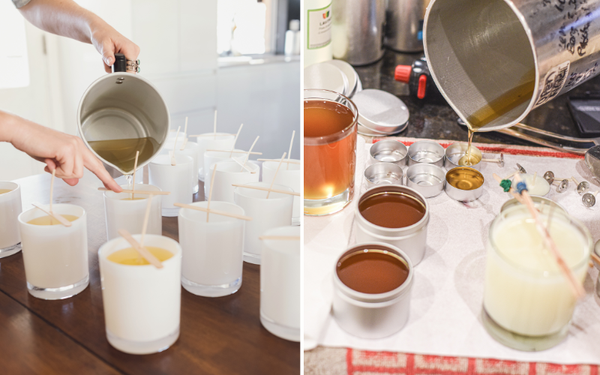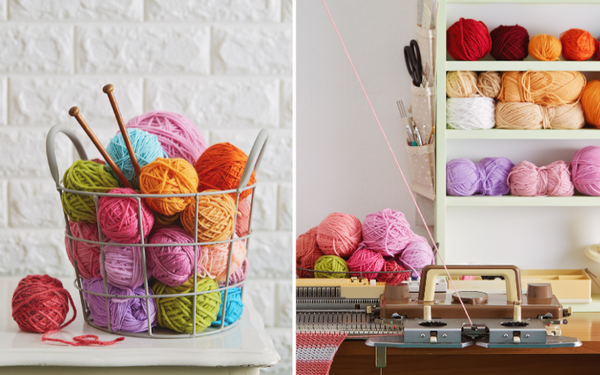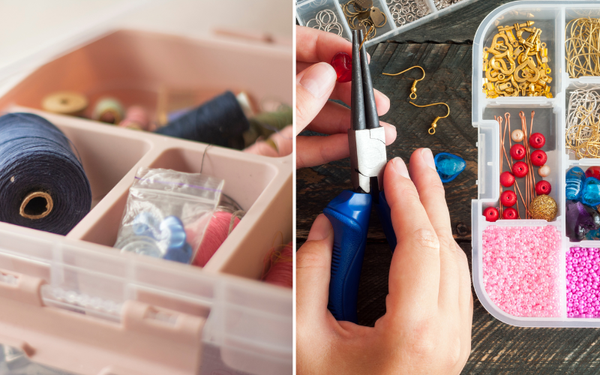When it comes to quilting, ironing the fabric is key to making sure everything turns out perfectly. But with so many pressing tools on the market, it can be overwhelming to choose the best one for you. For many quilters, the debate comes down to the age-old question: press or iron? Which one is better for quilting?
In this post, we’ll break down the differences between the two and help you decide which one is the best fit for your unique quilting needs.
The main difference between pressing and ironing is the amount of pressure involved. When you press fabric, you use a tool like a tailor’s clapper to apply pressure to the seam or fabric without creating steam. This helps set the seam, flatten out any puckers or folds, and make everything look crisp and neat. When you iron, on the other hand, you apply heat and pressure to the fabric, often adding steam, to remove wrinkles and creases. This can be helpful for quilt tops that have been folded or stored for a long time.
Many quilters prefer pressing over ironing because it’s less likely to stretch or distort the fabric. When you iron, there’s always the risk of pulling or stretching the fabric out of shape, especially if you’re working with bias edges or delicate fabrics. Pressing is a gentler process that won’t put as much stress on the fabric, making it ideal for quilting. The only downside to pressing is that it doesn’t remove wrinkles as effectively as ironing, so if your quilt top is particularly wrinkled, you may need to use an iron to get it looking its best.
When it comes to pressing tools, there are a few options to choose from. The most popular choice is a tailor’s clapper, which is a heavy wooden tool that you place over the seam and press down on with your hands or a mallet. This helps to press the seam flat and set the stitches. Another popular tool is a dry iron, which is an iron that doesn’t have steam capabilities. This is ideal for pressing fabric without adding any moisture, which can be helpful if you’re working with dyes or fabrics that are prone to bleeding.
If you do decide to go with an iron, there are a few things to keep in mind. First, make sure you choose an iron with a soleplate that’s appropriate for quilting. A non-stick soleplate is essential, as it will prevent the iron from sticking to the fabric or causing any damage. You also want to make sure the iron has a steam setting that can be turned off, as you don’t want to add too much moisture to your fabric. And always use a pressing cloth to protect your fabric from the heat of the iron.
Conclusion:
So, which one is better for quilting: press or iron? As you can see, there’s no one-size-fits-all answer to this question. Both pressing and ironing have their pros and cons, and the choice ultimately comes down to personal preference and the specific needs of your quilting project. If you’re working with delicate fabrics or bias edges, pressing is the way to go. If you need to remove stubborn wrinkles or creases, ironing may be the best option. Whatever you choose, make sure to take your time and be gentle with your fabric to ensure the best possible outcome. Happy quilting!










